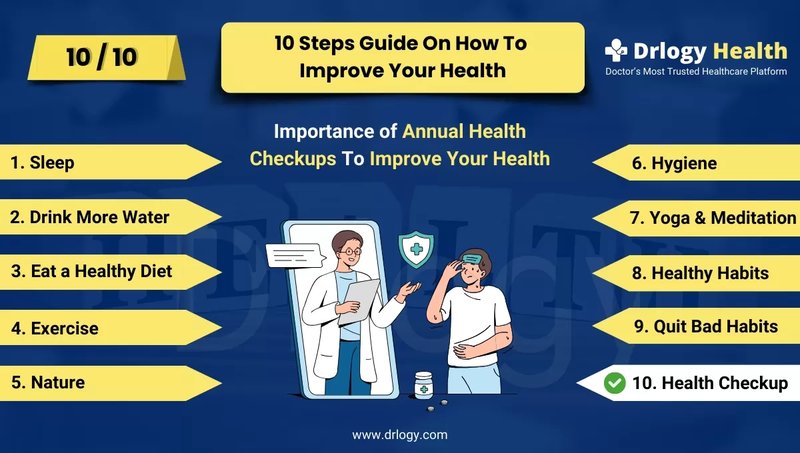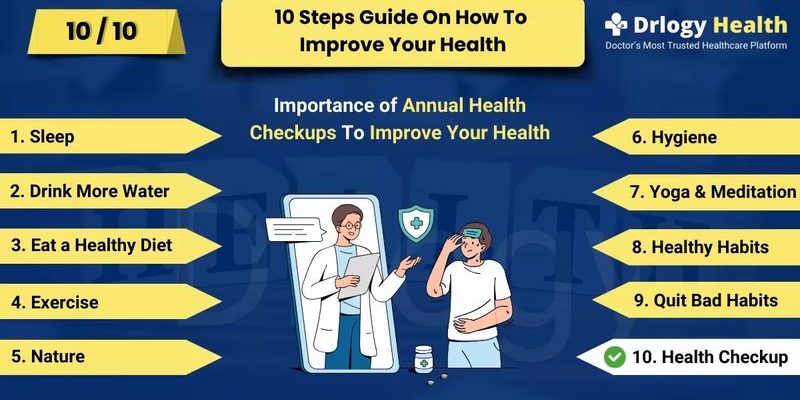
An annual door checkup is a simple but effective way to spot potential issues and keep everything functioning smoothly. It’s about ensuring that every door swings easily, latches correctly, and fits snugly within its frame. You might be surprised at how a little maintenance can go a long way, saving you from bigger problems down the road. Let’s dive into the best practices for an effective annual checkup routine for all your interior doors.
Why Do You Need an Annual Checkup for Interior Doors?
You might be wondering why you should bother with an annual checkup for your interior doors. The truth is, your doors experience a lot of wear and tear throughout the year. They’re opened and closed daily, sometimes multiple times. Over time, this can lead to issues like misalignment, squeaking, stuck locks, or damaged frames. An annual checkup helps you catch these problems early, allowing for quick fixes that can extend the life of your doors.
Ignoring the condition of your doors can lead to bigger headaches. For instance, a door that doesn’t latch properly may compromise your home’s security or allow drafts in, making your energy bill soar. Plus, a misaligned door can lead to paint chipping off or, worse, a damaged frame that might require costly repairs. By incorporating an annual checkup routine, you can keep your home in great shape and maintain its value.
Steps for Your Annual Door Checkup
Now that you understand the importance, let’s break down the steps you’ll want to include in your annual checkup routine. Grab a notepad and make a checklist to ensure you don’t miss anything.
1. Inspect the Door Surface
Start by examining each door’s surface for any signs of damage. Look for scratches, dents, or signs of wood rot, especially around the bottom where moisture can collect. If you notice any rough spots, you might want to sand them down and apply a fresh coat of paint or varnish. This not only keeps your doors looking good but also provides protection against wear.
2. Check the Hinges and Hardware
Next, it’s time to focus on the hinges and door hardware. Open and close each door a few times to listen for any squeaks or creaks. If you hear something that resembles a rusty old gate, it’s a sign that it’s time to lubricate those hinges. Use a silicone spray or a drops of machine oil to keep them moving smoothly. Don’t forget to check the screws on the hinges; if any are loose, tighten them up to keep everything secure.
3. Test the Locks and Latches
Locks and latches are essential for security, so give them some attention. Test each lock to ensure it engages and disengages smoothly. If a lock feels sticky or doesn’t turn easily, it could benefit from a little lubricant. If any locks are malfunctioning, consider replacing them. It’s better to tackle these issues head-on than to find yourself locked out later on.
4. Inspect the Door Frame and Threshold
Don’t forget about the door frame and threshold. Look for any gaps or bulges that might indicate misalignment. If a door is sticking, this might be due to humidity or temperature changes affecting the wood. Adjusting the hinges or trimming the door slightly can help solve this issue. Also, check the threshold for wear and tear; a damaged threshold can lead to drafts or water damage over time.
Cleaning Your Interior Doors
While checking for issues, you might as well take some time to clean your doors. Dust and grime can accumulate, making your doors look dingy. Use a soft cloth and a mild cleaning solution to wipe down the surfaces. If you’ve got painted doors, a gentle scrub can help maintain their shine. For wood doors, make sure to follow up with a wood polish for added protection.
1. Cleaning Techniques
For painted doors, a damp cloth along with a bit of dish soap usually does the trick. For wood doors, try a mix of vinegar and water. Just remember to avoid soaking the wood, as excessive moisture can cause damage.
2. Regular Maintenance
Incorporating cleaning as part of your annual checkup routine can also make future inspections easier. When doors are clean, it’s easier to spot scratches, dents, or signs of wear. Plus, taking care of your doors will contribute to a cleaner, fresher home environment.
Addressing Common Door Problems
During your checkup, you might encounter common problems like sticking doors, loose hardware, or squeaky hinges. It’s important to know how to address these issues effectively.
1. Sticking Doors
If a door is sticking, it could be due to humidity or settling of the house. To remedy this, first, check if the hinges are tight. If they are, you might need to sand down the edges of the door that rub against the frame. Just take off a little at a time until it swings freely.
2. Loose Hardware
Loose doorknobs or handles can be annoying and might lead to further damage if not fixed. Tightening screws often solves the problem. If the screws are stripped, consider using a wood filler to secure them better.
3. Squeaky Hinges
For squeaky hinges, a simple application of lubricant is usually all that’s needed. If the noise persists, it might be a sign that the hinges are worn out and could require replacement.
An annual checkup for your interior doors is like giving your home a little TLC. By taking the time to inspect, clean, and address minor issues, you can maintain the beauty and functionality of your doors for years to come. Remember, it’s the little things that can make a big difference in your home’s comfort and safety.
So, gather your tools and make this checkup a part of your yearly home-maintenance ritual. You’ll be surprised at how a few small efforts can lead to big rewards. Your doors will thank you, and in turn, you’ll create a welcoming and safe space for yourself and your loved ones.
